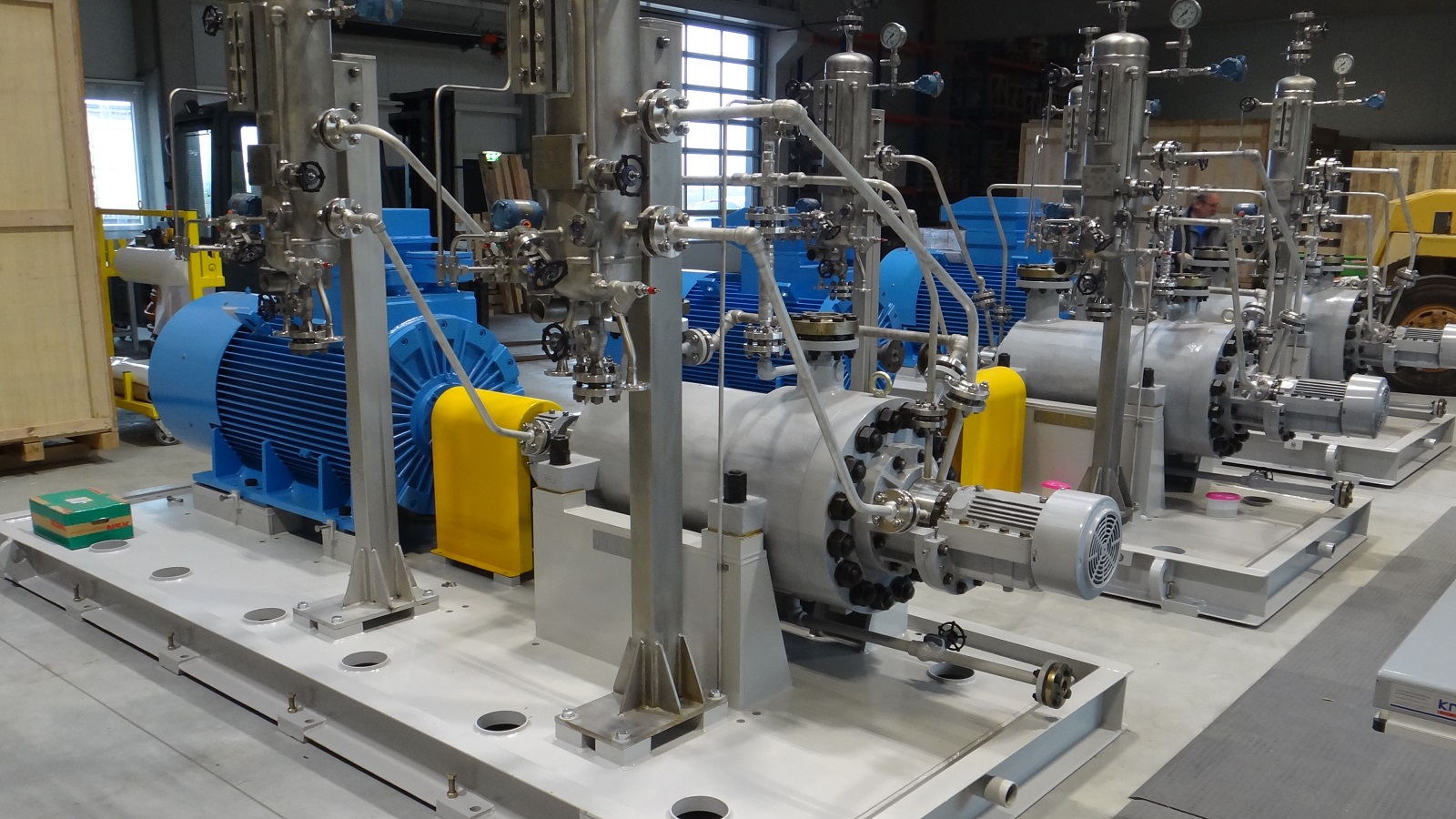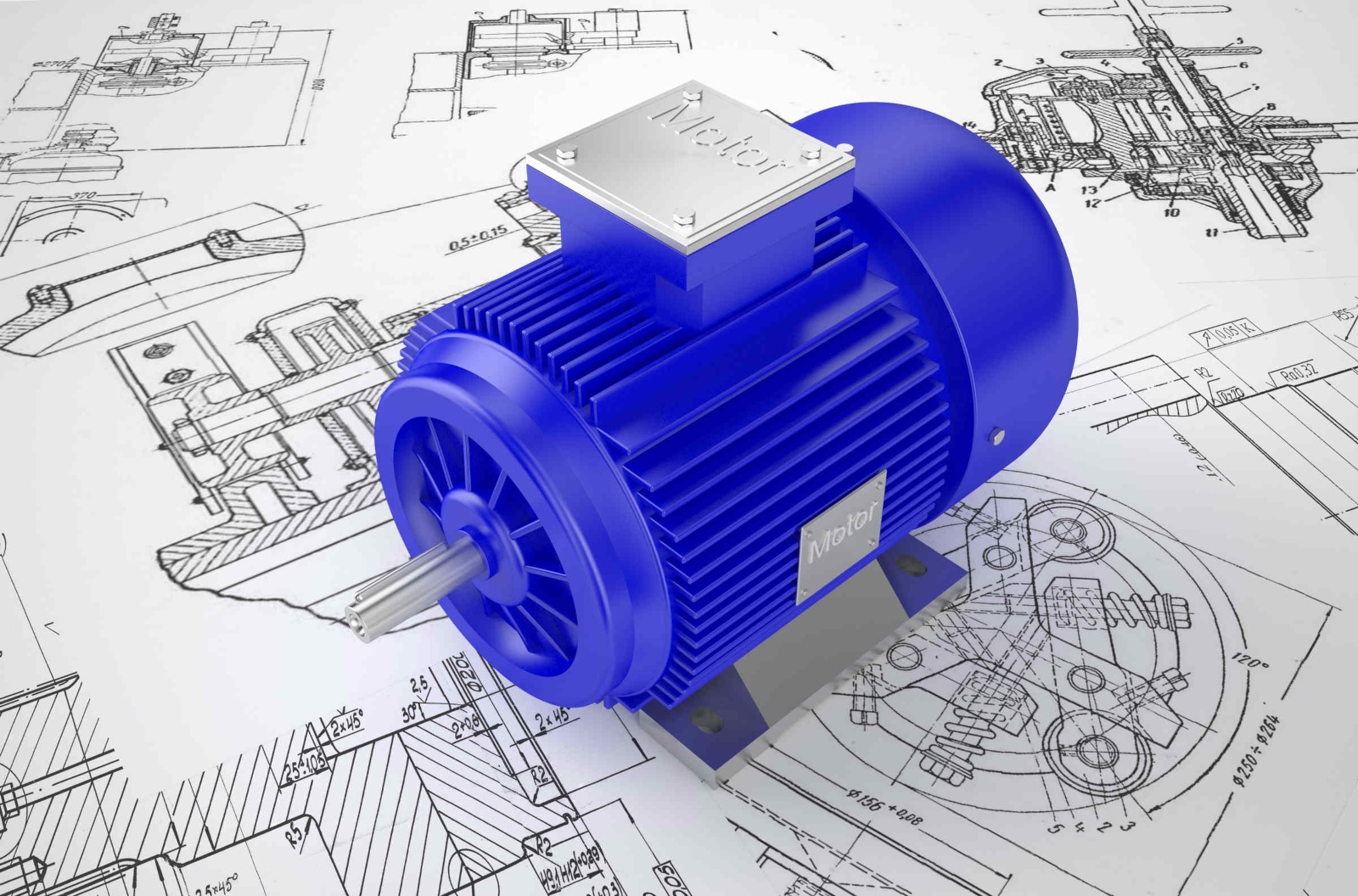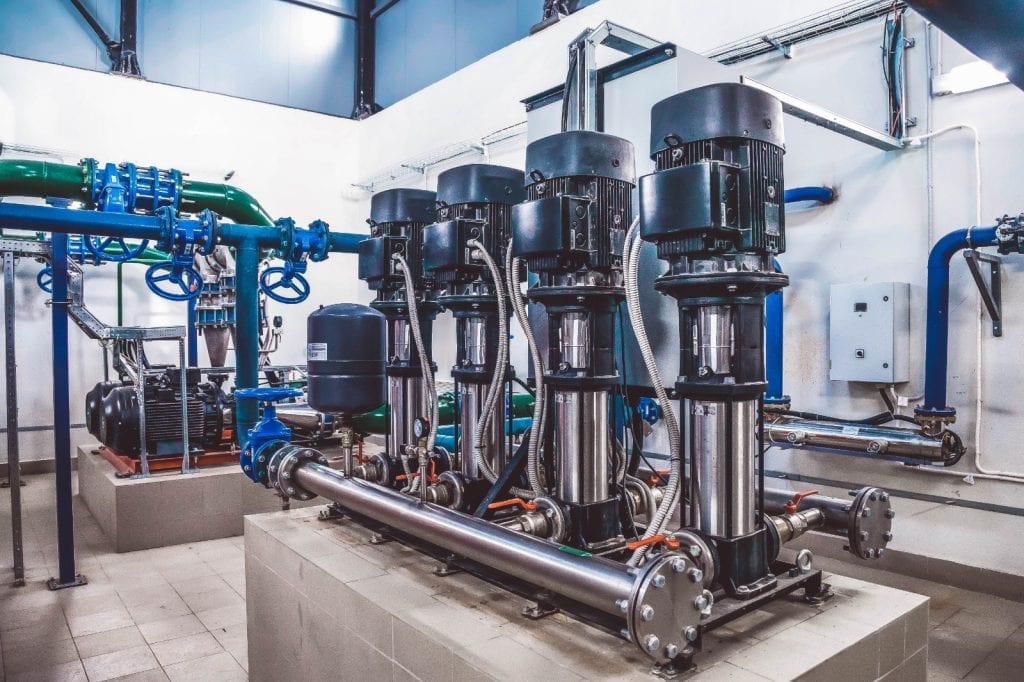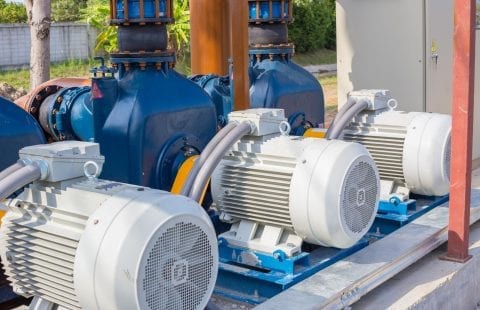
How to Prevent Motor Failures Thanks To Motor Condition Monitoring?
By 2027, it is estimated that the global electric motor industry will reach about US$125.6 billion. Unfortunately, over 7 percent of the world’s 300 million industrial electric motors fail before the expected lifespan. These are significant numbers of failed electric motors, and that is why it became imperative to detect the root cause of failure in advance. Click link for online condition monitoring!
Until now, the best way to prevent possible motor failure required discarding it early, as in making the electric motor retire years before it would eventually fail. The good news is, there is a feasible, affordable, and most importantly, accurate solution, condition monitoring!

How Does Motor Condition Monitoring Work?
If you have watched the 2002 American science fiction action film The Minority Report, you can easily understand how motor condition monitoring works. In the movie, the police use future technology to catch criminals even before they commit a crime.
Motor condition monitoring does the same, but it predicts faults, not criminals. This technology collects data by monitoring rotating equipment and electric motors to identify faults before leading to a failure. In fact, researches show that motor condition monitoring even helps decrease the expenses of motor operations and maintenance (O&M) by up to 25%.
In technical terms, motor condition monitoring works by using sensors to collect, organize, and analyze streaming data. There are data analysis platforms that apply complex algorithms to all the incoming values to find anything unusual. It then updates the virtual model of how the equipment needs to operate. It also compares the current performance of the equipment with the specifications given by the manufacturer and previously collected data to detect areas that need check.

In the end, the motor condition monitoring system creates a report that includes analyzed sensor data, equipment history, and information of abnormalities. Thus, it enables you to find the root of the problem before it turns into a bigger problem or leads to expensive replacement or repairing.
How Motor Condition Monitoring Prevent Motor Failures?
Like a doctor tracks a patient’s reports and other information such as blood pressure, heart rate, and temperature, condition monitoring also keeps track of the motor’s crucial statistics, such as its stress levels and normal operating parameters. This tracking of motor’s important statistics helps identify an underlying problem that could potentially cause many problems in the future.

These are the steps motor condition monitoring follows to help prevent motor failures:
- Collecting data of the operating conditions of the motor with the help of sensors / sub-meters
- Transmitting data to an IoT platform
- Using complex algorithms to organize, consolidate and archive the vital streaming data
- Analytics monitoring of the data to detect any nonconformities or areas that require fixing
- Presenting a report to help you make better asset management decisions
Modern motor condition monitoring systems can also prevent motor failures by providing an updated picture of the equipment’s health. And the best part is, there are no gaps or discrepancies in the data. These systems sample all underlying signals, assess them, flag any types of changes, and happen all year round.
Maybe Interested: Predictive Maintenance
Motor Condition Monitoring Is The Future
There are four prominent reasons why we say motor condition monitoring is the future:
- Motor condition monitoring systems can play a pivotal role in extending the health and life of your motors.
- As it ensures the motor efficiency does not decline due to deteriorating motor health, it helps in lowering energy costs. Without it, energy costs could pile up and cost you more.
- Your maintenance staff cannot manually check each motor. With these systems, your team can efficiently perform maintenance duty when needed instead of wasting time manually checking each machine.
- Most importantly, these systems help you make better asset management decisions.

The best way to maximize capital investments in motor-driven systems is to use condition monitoring systems to continuously track motors’ health – something that is not accurate and feasible if done manually.


